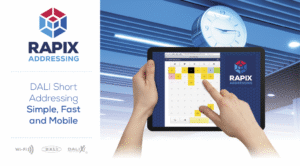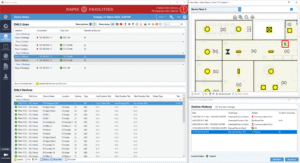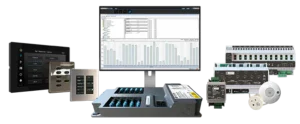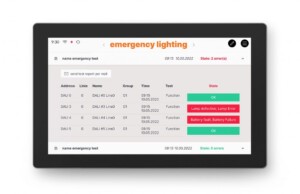
When it comes to home and building automation systems, two of the most popular options on the market are KNX and Lutron. Both systems offer extensive control over lighting, shading, climate, security, and other smart home features. However, each has unique strengths that may make one a better fit depending on your needs, preferences, and the scale of your project. Let’s explore why KNX could be considered superior to Lutron in various aspects.
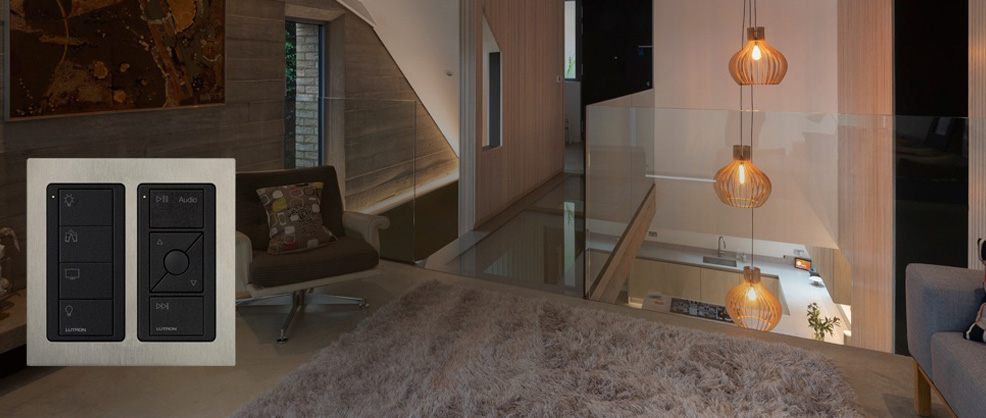
KNX stands out as a globally recognized open standard (ISO/IEC 14543), ensuring compatibility across different manufacturers and devices. This makes it an ideal choice for projects that span multiple brands and need seamless communication between various smart devices. KNX’s interoperability allows for easy integration with hundreds of products, including lighting, HVAC, security, energy management, and more, all within a single network.
In contrast, Lutron is more manufacturer-dependent, with a focus on its proprietary systems like Lutron Caséta, RadioRA 3, and HomeWorks QS. This can limit the flexibility of mixing and matching devices from different brands. Lutron’s systems excel in lighting control, but they may struggle to offer the same level of cross-brand compatibility as KNX.
KNX is scalable and flexible, making it ideal for both small residential setups and large commercial buildings. Whether you’re installing a system in a single room or across an entire campus, KNX’s modular approach allows for easy expansion without disrupting existing installations.
Lutron, on the other hand, is more focused on smaller residential and commercial environments. Its scalability is limited to some extent, as it may require more effort to expand once installed in larger buildings. Lutron’s systems work well in isolated applications, but scaling to more complex environments can be challenging.
KNX offers a cost-effective solution for large-scale installations due to its open architecture, which supports various devices from different manufacturers. This can reduce the total cost of ownership by eliminating the need to purchase brand-specific components.
Lutron, while providing high-quality products, often comes with a higher upfront cost due to its proprietary nature. The price tag can increase significantly when integrating Lutron with other systems, especially in larger setups where compatibility might become an issue.
KNX’s open architecture makes customization easier, allowing for tailored solutions that meet the specific requirements of the project. With KNX, it’s simple to create bespoke automation strategies, whether it involves custom lighting scenes, personalized schedules, or complex energy management solutions.
Lutron’s systems, while powerful, are often more focused on out-of-the-box solutions and may require extensive customization work to fit unique needs. This can lead to longer setup times and potentially higher installation costs, particularly for more customized setups.
KNX excels in energy management and sustainability. Its intelligent automation solutions allow for real-time monitoring, optimal energy usage, and automatic adjustments based on occupancy, daylight, and other factors. KNX is highly regarded in green building projects due to its robust energy management features, helping buildings reduce consumption and cut costs.
Lutron’s systems also offer energy-saving capabilities, but they are more focused on lighting control rather than broader building automation or energy management. While Lutron’s lighting systems can contribute to energy savings, they might lack the more comprehensive energy management features that KNX provides.
KNX is an open-source standard with a rich community of developers and manufacturers constantly improving and expanding its capabilities. This community-driven development leads to regular updates, new features, and compatibility with emerging technologies, ensuring long-term viability and support.
In contrast, Lutron relies on closed proprietary development, with limited community involvement. This means updates and new features often depend on Lutron’s internal timeline, making it less agile in responding to new market trends or integrating third-party innovations.
KNX is seen as future-proof due to its flexibility and scalability. With KNX, you can easily upgrade or integrate new technologies as they emerge, ensuring that your system remains relevant for years to come.
Lutron, while durable and stable, may be more susceptible to becoming outdated as it relies on closed ecosystems. Users may face more limitations when trying to future-proof their automation systems with Lutron.
KNX is a clear leader in terms of interoperability, scalability, customization, cost efficiency, and future-proofing. Its open standard nature makes it the preferred choice for large, complex automation projects where compatibility and integration across various brands are crucial. While Lutron excels in lighting control and out-of-the-box simplicity, it falls short when it comes to scalability, cost-effectiveness, and cross-brand compatibility.
For those looking for a versatile, cost-efficient, and long-term solution, KNX offers undeniable advantages over Lutron.

